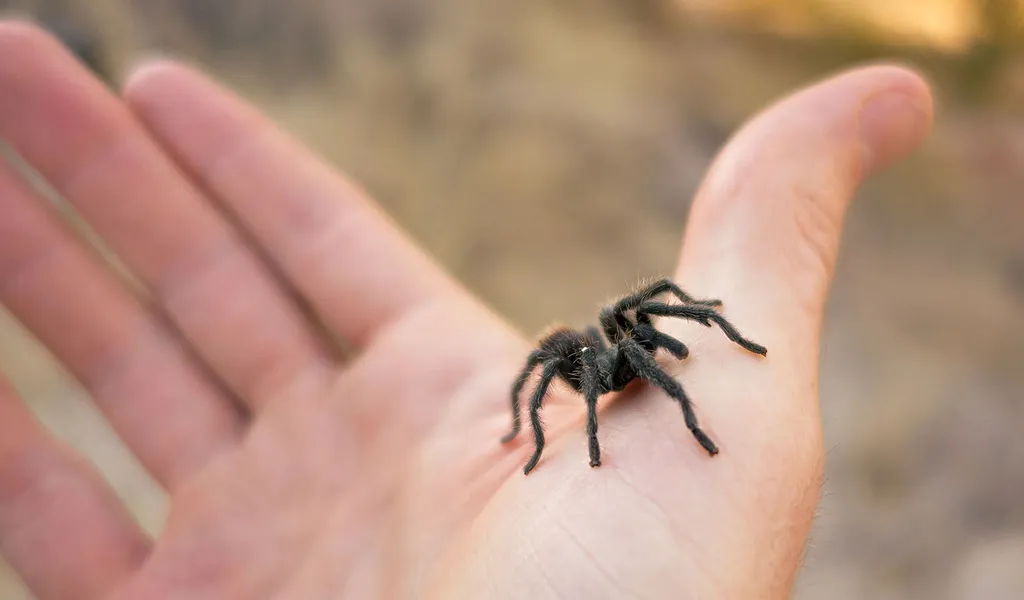What is a Tarantula Pet
Tarantulas, belonging to the Theraphosidae family, are large, hairy spiders that have gained popularity as exotic pets. These arachnids are fascinating creatures, known for their diverse appearances, relatively long lifespans, and intriguing behaviors. Keeping a tarantula as a pet requires understanding their specific needs to ensure their well-being and your safety. Unlike more common pets, tarantulas have unique requirements, making them a rewarding but sometimes challenging pet to own. Their care involves creating a suitable environment, providing appropriate food, and handling them responsibly. These pets can be rewarding for those willing to dedicate time and attention.
Choosing the Right Tarantula
Selecting the right tarantula is crucial for a positive experience. Not all species are suitable for beginners, and some have different temperaments and care requirements. Researching different species and understanding their needs before acquiring a tarantula is essential. Considering your experience level and the amount of time you can dedicate to their care is crucial. Some tarantulas are more docile and easier to handle than others, while some species have more potent venom or defensive behaviors. Making an informed decision will ensure both your safety and the well-being of your new pet. It’s always a good idea to find a reputable breeder or supplier to ensure you get a healthy tarantula.
Species to Consider
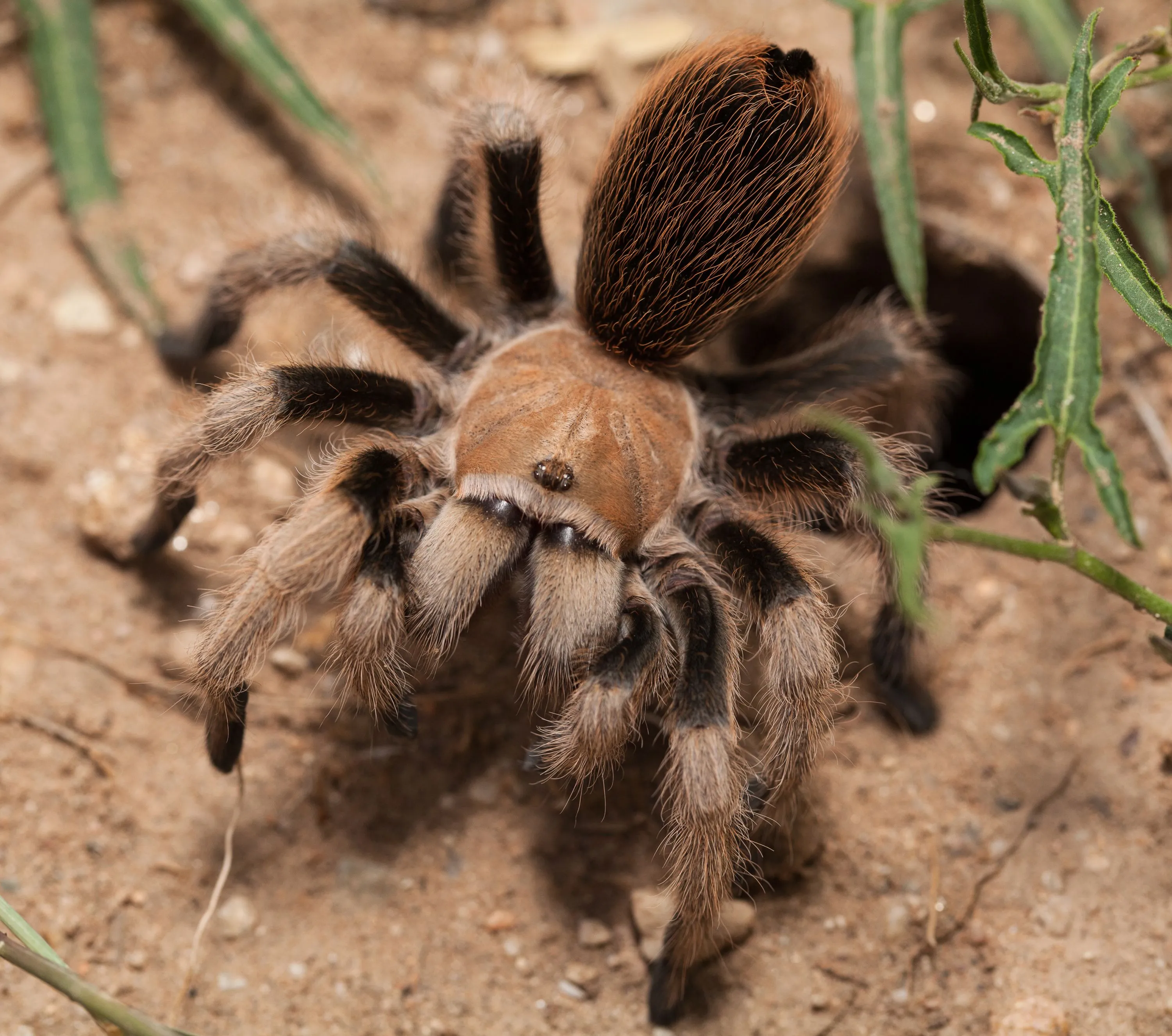
Several tarantula species are well-suited for beginners. The Chilean rose hair tarantula (Grammostola rosea) is known for its docile temperament and ease of care. The Mexican red knee tarantula (Brachypelma hamorii) is another popular choice, recognized for its striking coloration and relatively calm behavior. These species are often recommended because they are less likely to bite or flick urticating hairs, which can cause skin irritation. Other beginner-friendly options include the curly hair tarantula (Tliltocatl albopilosus), known for its fuzzy appearance and gentle nature. Researching the specific needs of each species will help you make an informed choice, considering factors like size, temperament, and care requirements. Always check local regulations, as some species may be restricted in your area.
Things to Avoid when Choosing
When choosing a tarantula, avoid selecting specimens that appear lethargic, have a sunken abdomen, or show signs of parasites or injury. A healthy tarantula should be alert and responsive to its environment. Avoid tarantulas with missing limbs or other visible health issues. It is also wise to avoid wild-caught tarantulas as they may be more stressed, prone to parasites, and can be illegal to own depending on your local laws. Also, don’t choose a tarantula based solely on its appearance, always consider its temperament and care needs. Make sure you are purchasing your pet from a reputable source. This increases the chances of your pet being in good health.
Setting Up the Tarantula Enclosure
Creating a suitable enclosure is vital for the well-being of your tarantula. The enclosure should provide adequate space, appropriate substrate, hiding places, and the correct temperature and humidity levels. The setup should mimic their natural habitat as much as possible to minimize stress and ensure that the tarantula thrives. A well-designed enclosure also makes it easier to observe and care for your pet. Always make sure to use materials safe for your pet, avoiding anything that might be toxic if ingested or can harm the tarantula.
Enclosure Size and Type
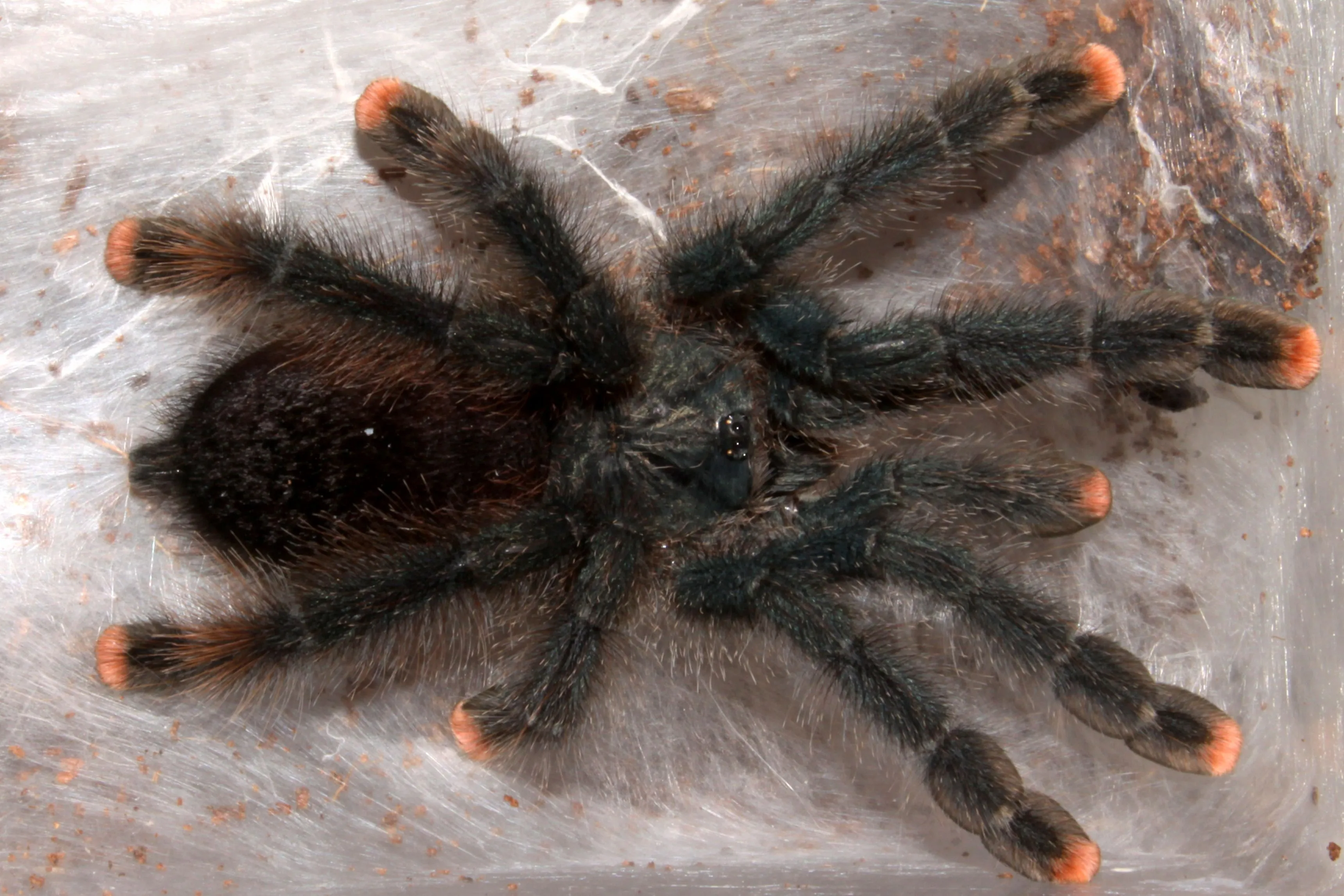
The size of the enclosure depends on the size and species of your tarantula. Generally, the enclosure should be at least twice the tarantula’s leg span in width and length. The height should be sufficient to allow for substrate depth and any climbing structures. For terrestrial species, a larger floor space is more important, while arboreal species benefit from taller enclosures with climbing opportunities. Glass tanks, plastic containers, and specialized terrariums are all suitable options. Ensure the enclosure has a secure lid to prevent escapes, and the lid should have adequate ventilation to allow for airflow and prevent the buildup of humidity. Consider the adult size of your tarantula when choosing an enclosure.
Substrate and Decor
The substrate is the bedding material that covers the bottom of the enclosure. It serves several functions, including providing a surface for the tarantula to walk on, burrowing material for terrestrial species, and helping to maintain humidity. Common substrate choices include coco fiber, peat moss, and vermiculite. Avoid substrates that are toxic or can mold easily. The depth of the substrate depends on the species; burrowing species require a deeper layer. Decorate the enclosure with items that provide shelter, such as cork bark, artificial plants, and hides. These features allow the tarantula to feel secure and provide enrichment. Ensure all decorations are secure and do not pose a hazard to the tarantula.
Temperature and Humidity
Maintaining the correct temperature and humidity levels is crucial for the health of your tarantula. The ideal temperature range varies depending on the species but generally falls between 75-85°F (24-29°C). Use a heat mat or a ceramic heat emitter to maintain the desired temperature. Avoid placing the heat source directly under the enclosure, as it can cause the substrate to dry out too quickly. Humidity levels should also be monitored and maintained. Many species thrive in a humidity range of 60-70%. Use a hygrometer to measure humidity and mist the enclosure with water as needed to maintain the correct level. Adequate ventilation is also essential to prevent mold and bacterial growth.
Feeding Your Tarantula
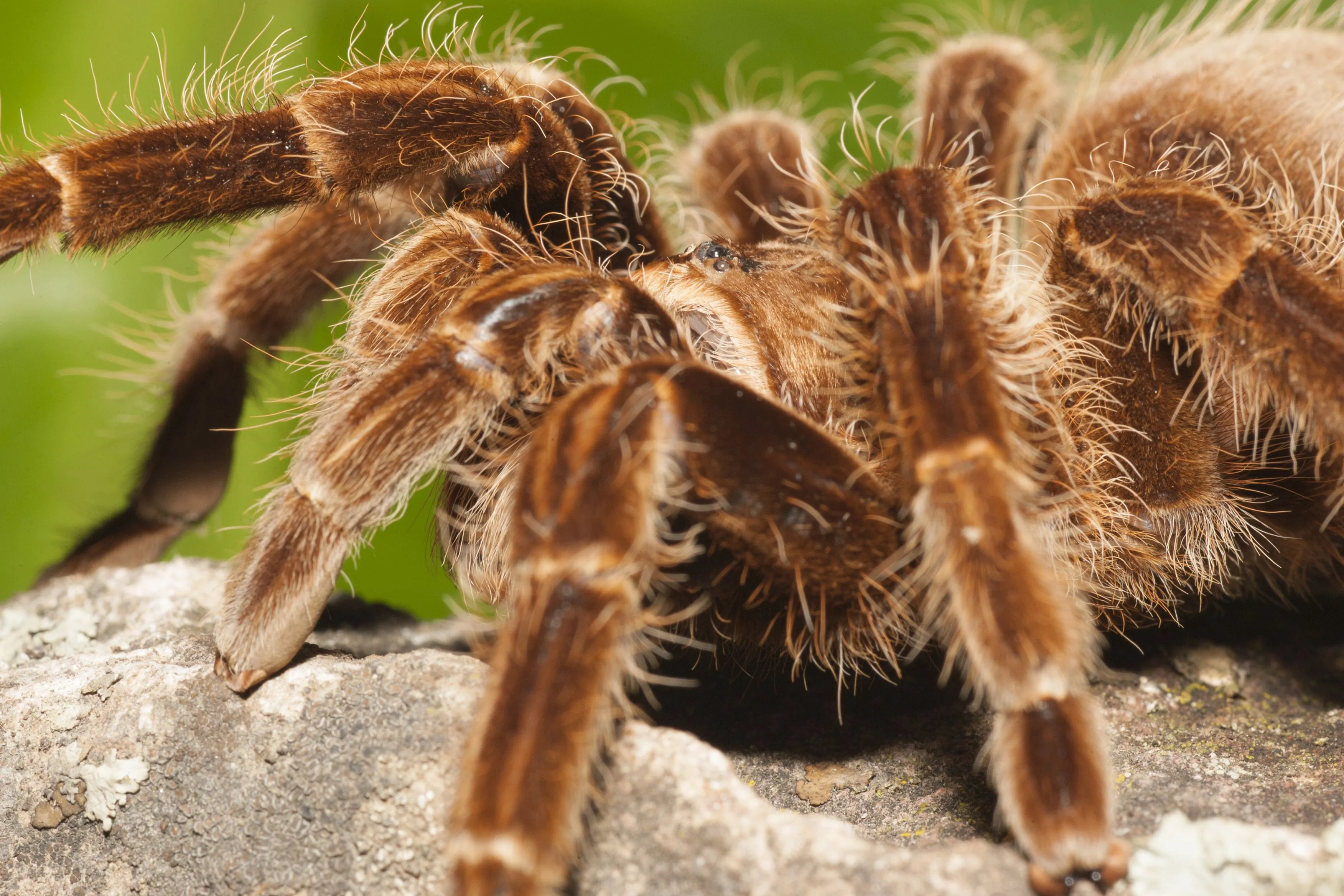
Feeding your tarantula is a straightforward process, but it is important to feed your pet appropriately. The type of food, feeding frequency, and the amount to provide depends on the species and age of the tarantula. Overfeeding can lead to health problems, while underfeeding can cause stress and poor development. Providing the correct diet ensures your tarantula grows properly and remains healthy. Also, removing uneaten food is vital to prevent the build-up of mold and mites in the enclosure.
What Tarantulas Eat
Tarantulas are primarily insectivores, meaning they feed on insects. Crickets, mealworms, and roaches are common food choices. The size of the food should be appropriate for the size of the tarantula; the prey should be no larger than the tarantula’s body. Some tarantulas can also be fed pre-killed insects to avoid potential harm from live prey. Gut-load the insects before feeding them to your tarantula. This means providing the insects with nutritious food like vegetables and commercial insect food, which improves their nutritional value. Occasionally, larger tarantulas can be fed small vertebrates, such as pinky mice, but this should be done sparingly.
Feeding Frequency
The feeding frequency depends on the age and size of your tarantula. Spiderlings, or juvenile tarantulas, may need to be fed several times a week. Adult tarantulas can often be fed once or twice a week. Monitor your tarantula’s abdomen; if it appears full and round, it indicates it is well-fed. If the abdomen seems shrunken, it may need more food. Reduce feeding frequency during the molting process, as the tarantula may not eat at this time. Adjust feeding based on your pet’s individual needs and behavior, which may vary between species. Regularly observe your pet’s eating habits to adjust the schedule accordingly.
Watering Your Tarantula
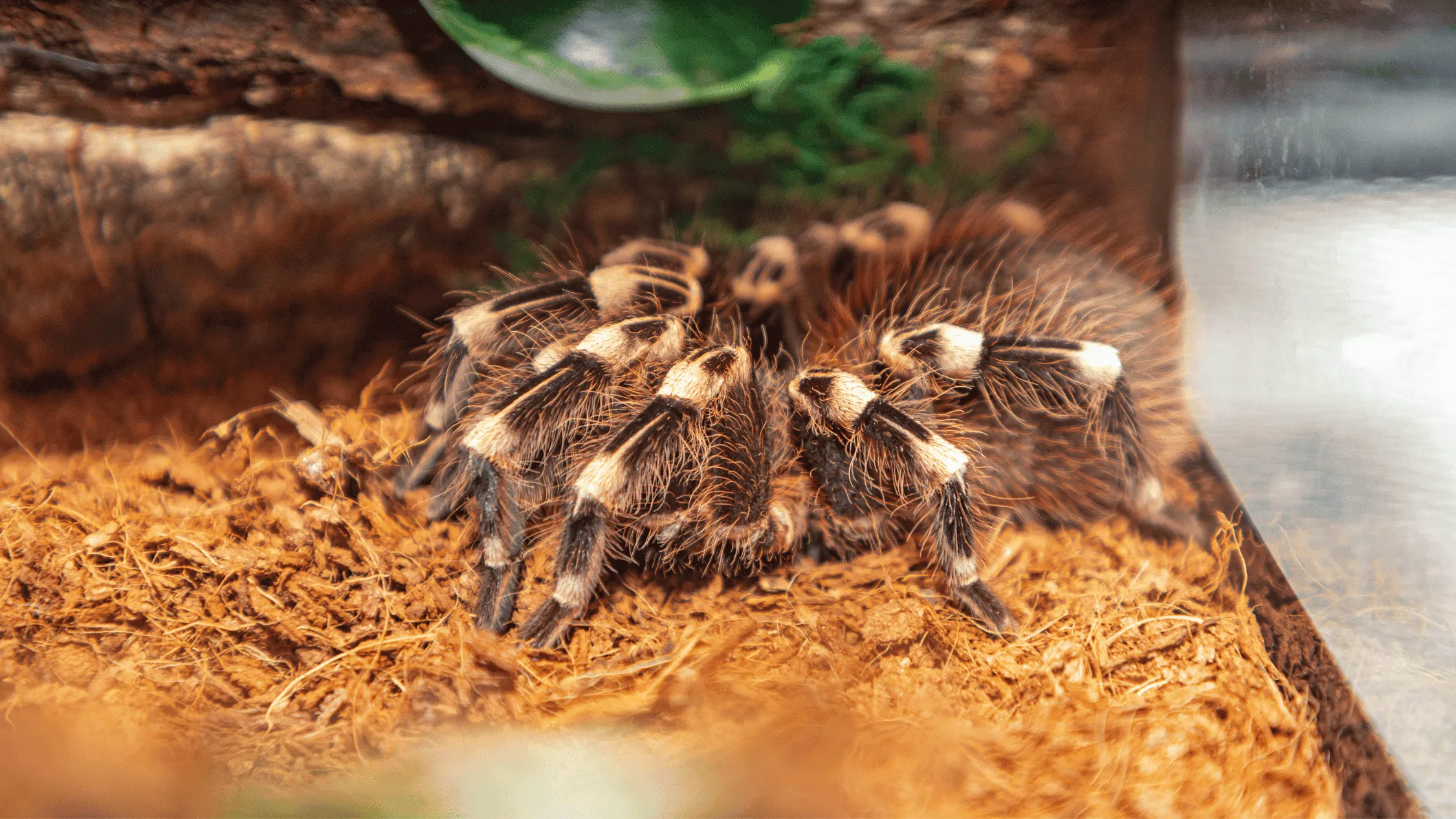
Providing fresh water is crucial for your tarantula’s survival. Use a shallow water dish that is easily accessible. The water dish should be cleaned regularly to prevent bacterial growth. For smaller tarantulas, a water dish may not be necessary; misting the enclosure with water can provide sufficient hydration. Misting is especially important for maintaining humidity in the enclosure. Always use dechlorinated water, as chlorine can be harmful to tarantulas. Monitor the water level in the dish and refill it as needed. Ensure the water dish is appropriately sized and placed to prevent any hazards or accidents.
Handling and Safety
While tarantulas are generally not aggressive, handling them can be risky, especially for certain species. Tarantulas can bite if they feel threatened, and some species have potent venom. They can also flick urticating hairs, which can cause skin irritation. Careful handling and understanding the risks associated with each species are crucial. Always prioritize your safety and the tarantula’s well-being. Handle your pet when necessary or when your pet seems comfortable being handled. Proper handling techniques can minimize the risk of injury or stress to both the spider and the owner. Learning your tarantula’s habits is a must before deciding to hold or handle them.
How to Handle a Tarantula Safely
If you choose to handle your tarantula, do so with caution. Wash your hands before handling the tarantula to remove any substances that might affect it. Gently encourage the tarantula to walk onto your hand, avoiding sudden movements. Always keep your hands close to the ground in case the tarantula falls. Avoid squeezing or startling the tarantula. Do not handle the tarantula immediately after feeding or during molting. It is also better to avoid handling it in a high place to prevent injury if it were to fall. Be patient, and let the tarantula get used to you. Handling should always be kept brief and not be forced. If your tarantula seems stressed or agitated, it is best to return it to its enclosure.
Recognizing Stress Signs
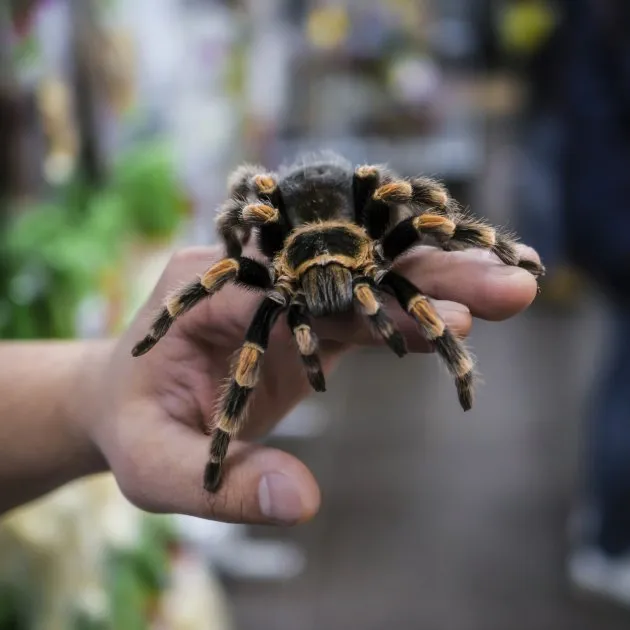
Learning to recognize signs of stress in your tarantula is important. A stressed tarantula may display defensive postures, such as raising its front legs or exposing its fangs. They might also flick urticating hairs. Rapid movements, erratic behavior, and refusal to eat are other signs of stress. If your tarantula is displaying any of these behaviors, it is best to leave it alone and provide a more secure environment. Reduce handling and ensure the enclosure meets its needs to reduce the stress on your pet. Provide the right environment, food, and handling to help them remain healthy.
Common Health Issues
Tarantulas can be prone to certain health issues. Understanding these issues will help you provide the appropriate care for your pet. It’s best to address any issues as soon as they are apparent. Regular observation of your pet’s behavior and appearance is crucial. This can help you spot any potential problems early on. Ensuring they have the proper diet, environment, and are not being stressed will increase their chances of living a long, healthy life. If you are concerned about any health issues, seek advice from a veterinarian or a tarantula expert.
Moulting
Molting is a natural process in which tarantulas shed their exoskeletons to grow. During molting, the tarantula becomes very vulnerable, so it is important to provide a stress-free environment. The tarantula may stop eating and may lie on its back before molting. Do not disturb the tarantula during molting. It may take several hours or even days for the tarantula to complete the process. After molting, the tarantula’s new exoskeleton will be soft, and it may take several days for it to harden. Avoid handling the tarantula until its exoskeleton has fully hardened. Ensure the tarantula has adequate humidity during molting to facilitate the process.
Parasites and Diseases
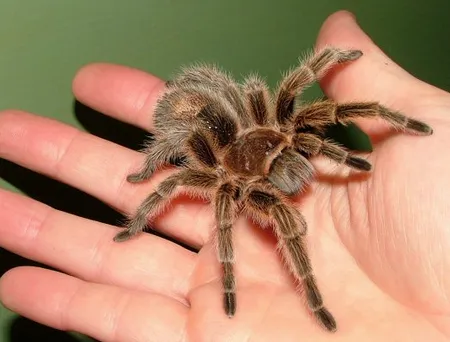
Tarantulas can be affected by parasites and diseases, such as mites and fungal infections. Mites can infest the tarantula’s exoskeleton and can be treated with specific products. Fungal infections can occur in high-humidity environments; proper ventilation and maintaining the correct humidity levels are important. Quarantine new tarantulas to prevent the spread of any potential issues. Inspect the tarantula regularly for any signs of parasites or infections. If you suspect your tarantula is ill, consult a veterinarian or tarantula expert. Maintaining a clean enclosure and providing the right environment are key steps to preventing these issues.
Tarantula Pet Benefits and Drawbacks
Keeping a tarantula as a pet has both advantages and disadvantages. Weighing the pros and cons will help you determine if this unique pet is right for you. Tarantulas can be rewarding pets for those who appreciate them and are willing to provide the right care. They also require less space than many other pets. It’s important to be aware of the requirements before bringing a tarantula into your home. The ability to give these pets the proper care is crucial. This will increase the chances of having a positive and rewarding experience as a tarantula pet owner.
Pros of Keeping Tarantulas
Tarantulas can be relatively low-maintenance pets compared to some other animals. They do not require daily walks or extensive grooming. They are also quiet pets, which makes them suitable for people living in apartments or other situations where noise is a concern. Tarantulas have unique personalities and can be fascinating to observe. They can live for many years, providing a long-term companionship. There is a wide variety of species to choose from, each with its own unique characteristics and appearances. Caring for a tarantula can be a rewarding and educational experience, deepening your understanding of these amazing creatures.
Cons of Keeping Tarantulas
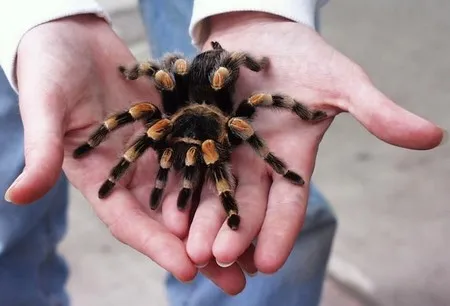
Tarantulas can bite if they feel threatened, and some species have venom that can cause discomfort. Their handling should be kept to a minimum. Some people are afraid of spiders, which may make it difficult to enjoy having a tarantula. It is also not an ideal pet for those who cannot handle feeding live insects. You will also need to ensure you always have a supply of insects to feed your pet. If you do not have a place to obtain insects, then this may not be the pet for you. The initial setup cost for the enclosure and supplies can be significant, and ongoing costs are also a consideration. They can sometimes be difficult to find a veterinarian knowledgeable in tarantula care.
